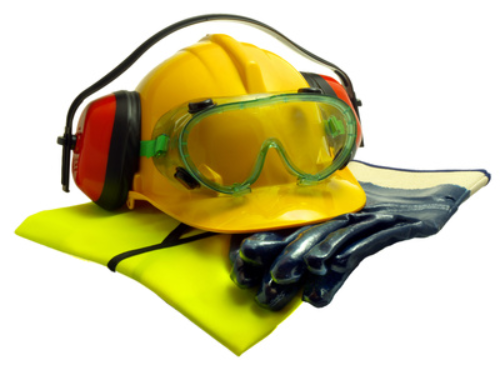Sales of safety equipment and supplies totaled $11 billion in 2012 in the U.S.—an amount greater than the GDP of Nicaragua. Personal protective equipment, or PPE, is a $33.3 billion industry globally.
Suffice it to say, businesses around the world are spending serious money to keep their employees safe and government regulators off their backs. Yet despite these huge outlays, rates of serious accidents have remained essentially flat—or even increased in some industries—over the past several years.
In Texas, a fertilizer plant recently exploded, tragically killing more than 30 people, despite the company’s claims that the plant posed “no fire or explosive risks.” In New York, a worker was tragically killed in a forklift accident, resulting in $67,000 in fines for National Pipe, who was found in violation of 16 safety provisions.
So what accounts for the discrepancy between the amount of money spent and the persistence of these problems? Part of the explanation will always involve simple human error, but the tragedies in Texas and New York point to an additional cause: companies are not diligent enough in their maintenance of safety equipment and systems.
In Texas, investigations of the accident revealed that virtually none of the usual fire safety systems were in place or functioning. In New York, OSHA inspectors determined that the backup alarm on the forklift was broken at the time of the accident.
These are just two examples, but they powerfully illustrate the fact that companies must do more than simply purchase safety equipment. They must also be diligent in the maintenance and care of this equipment in order to avoid serious accidents, lawsuits and regulatory fines.
Section 1926.95 of OSHA’s code states “Protective equipment, including personal protective equipment for eyes, face, head, and extremities, protective clothing, respiratory devices, and protective shields and barriers, shall be provided, used, and maintained in a sanitary and reliable condition” (emphasis mine).
A legal firm that assists victims of faulty safety equipment puts it succinctly: “If an employer provides workers with safety equipment that fails, the employer or perhaps the equipment manufacturer or distributor may be liable for worker injuries or fatalities that the safety equipment should have prevented”
Fortunately, inspecting safety equipment and systems to ensure that they’re in working order does not need to be a massive administrative burden. A variety of work order software platforms exist that can streamline the inspections process and create a solid book of record to demonstrate due diligence. Work order software enables companies to centralize asset data and ensure that maintenance is performed on a consistent, timely basis.
Tracking safety equipment, systems, and components in the same way that all other assets are tracked is the best way to ensure that they are in working condition. Because these systems typically aren’t used regularly, inspections and checks are particularly important, as they are the only means available for identifying problems before they result in the serious consequences outlined above.
Work Order Management Software solutions provide a simple means of tracking this equipment and ensuring that nothing falls through the cracks. Work orders can be generated out of the program automatically, and notes, pictures and instructions can be tied to asset records to guarantee that maintenance staff has everything they need to complete their assigned tasks.
The bottom line: if your company has invested significant money in safety systems, it is integral that proper provisions are made for their upkeep and care. Otherwise, you could wind up in the headlines like these other companies.

